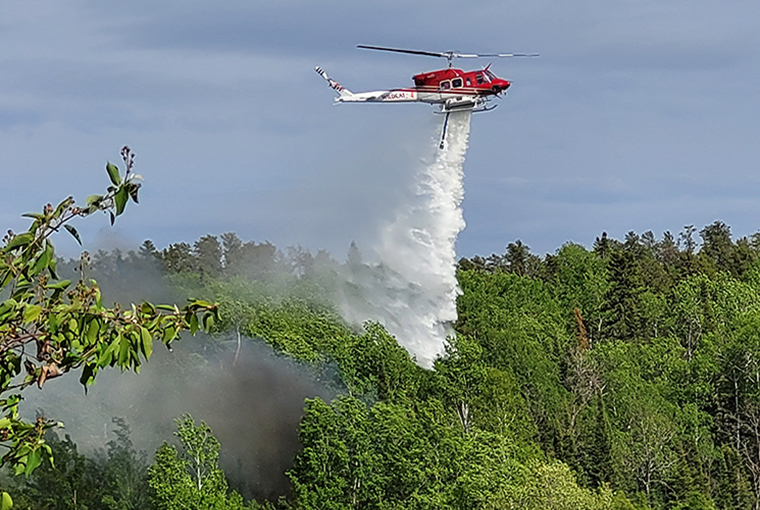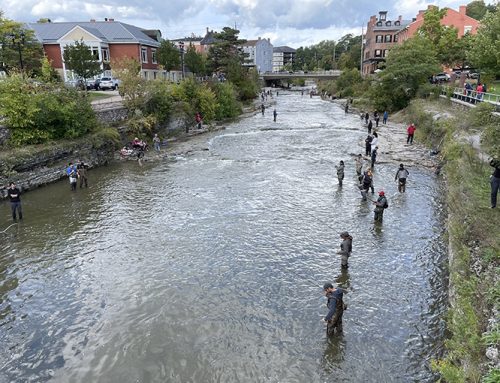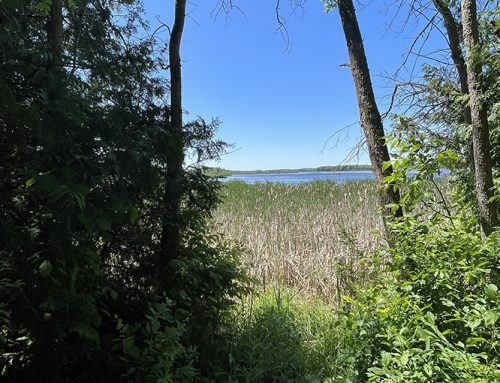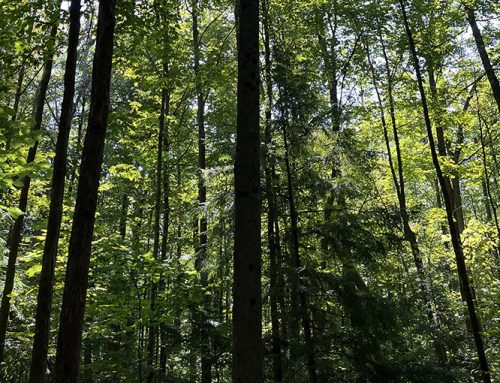
A lack of rain that created drought-like conditions in northwestern Ontario is to blame for a surge in wildfires this season, according to the Ministry of Northern Development, Mines, Natural Resources, and Forestry.
More than 1,070 fires have burned more than 708,721 hectares as of Aug. 9, far exceeding the 511 fires that had burned 14,770 hectares as the same time last year. Some 126 fires continue to burn, including the 198,884-hectare Kenora 51 north of Umfreville Lake.
More than 40 new fires have been registered on several days this season, with one day even seeing more than 80, Dryden-based Aviation, Forest Fire, and Emergency Services Fire Information Officer Chris Marchand said.
“Lower moisture levels in the duff and the deeper soil beneath have made the northwest region very receptive to lightning fires, in the sense that a lightning strike can smoulder underground for a period of time before fuels on the surface dry out enough for the fire to ignite and spread,” he explained. “What rainfall we have had is often very localized and concentrated in some places and not others, leading to a sort of patchwork of variable hazard conditions and fire behaviour.”
Air quality suffering
Smoke from the wildfires, which have also ravaged eastern Manitoba, have triggered widespread air quality warnings. Interactive forecasts for locating it is available at www.firesmoke.ca.

The impact of smoke on air quality has been a real problem, particularly for those with health issues. A sixth First Nation in northwestern Ontario, Wabaseemoong, was evacuated late last week due to the threat.
Marchand reminded northwest citizens to continue to abide by the rules of the restricted fire zone imposed July 14.
“Human-caused fires tend to be located closer to people and property and require an aggressive response and often more resources. We need everyone’s help to avoid those kind of scenarios at the moment,” he said.
Restrictions imposed
Industry restrictions are also in place for higher-risk industrial operations that can cause sparks that could ignite fires.
Marchand thanked the provincial and international partners that have aided the province, including Mexico, Australia, Prince Edward Island, New Brunswick, Newfoundland, Quebec, Alberta, and Wisconsin.
“Mutual aid agreements with all these partners allow us to move resources around the country and the world to where they are needed the most,” he said.
Click here for an interactive fire map. For more information about forest fires, including the rules of a restricted fire zone, click here.







Leave A Comment